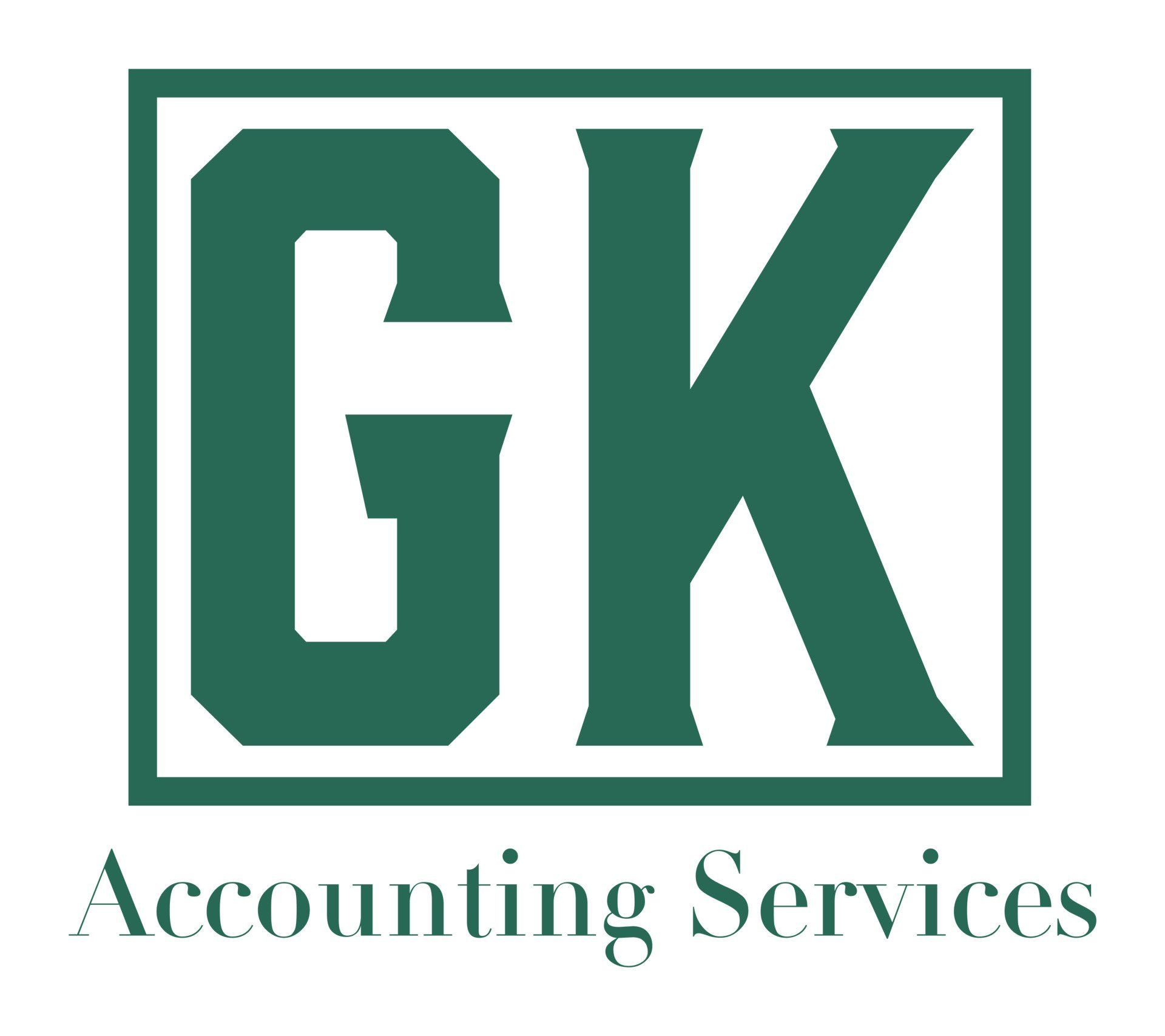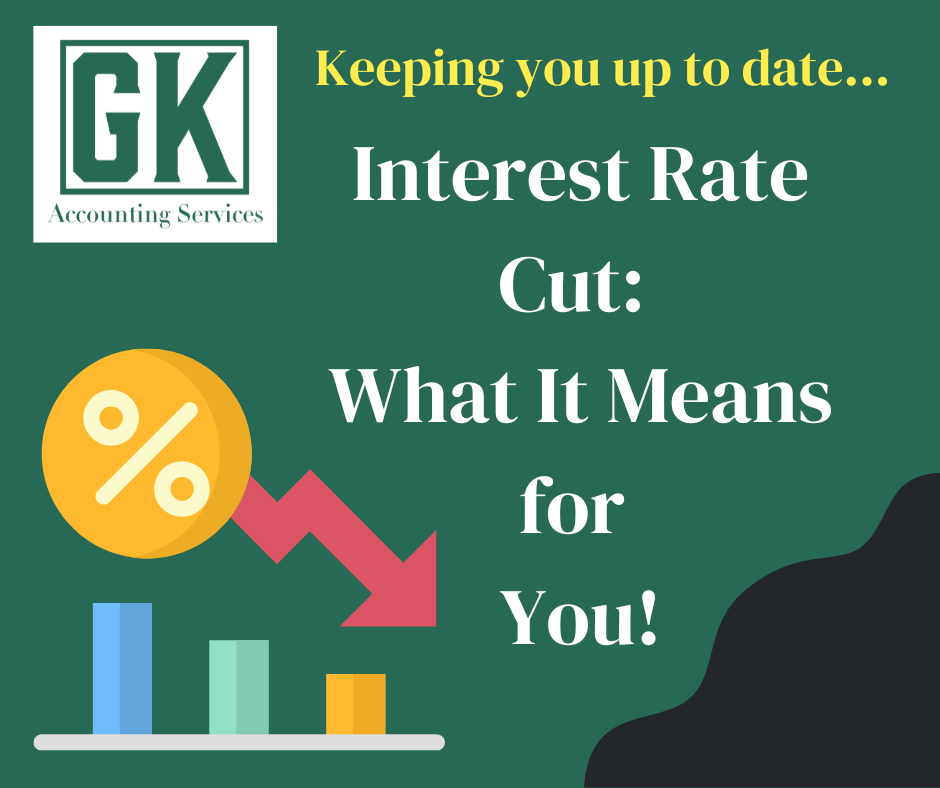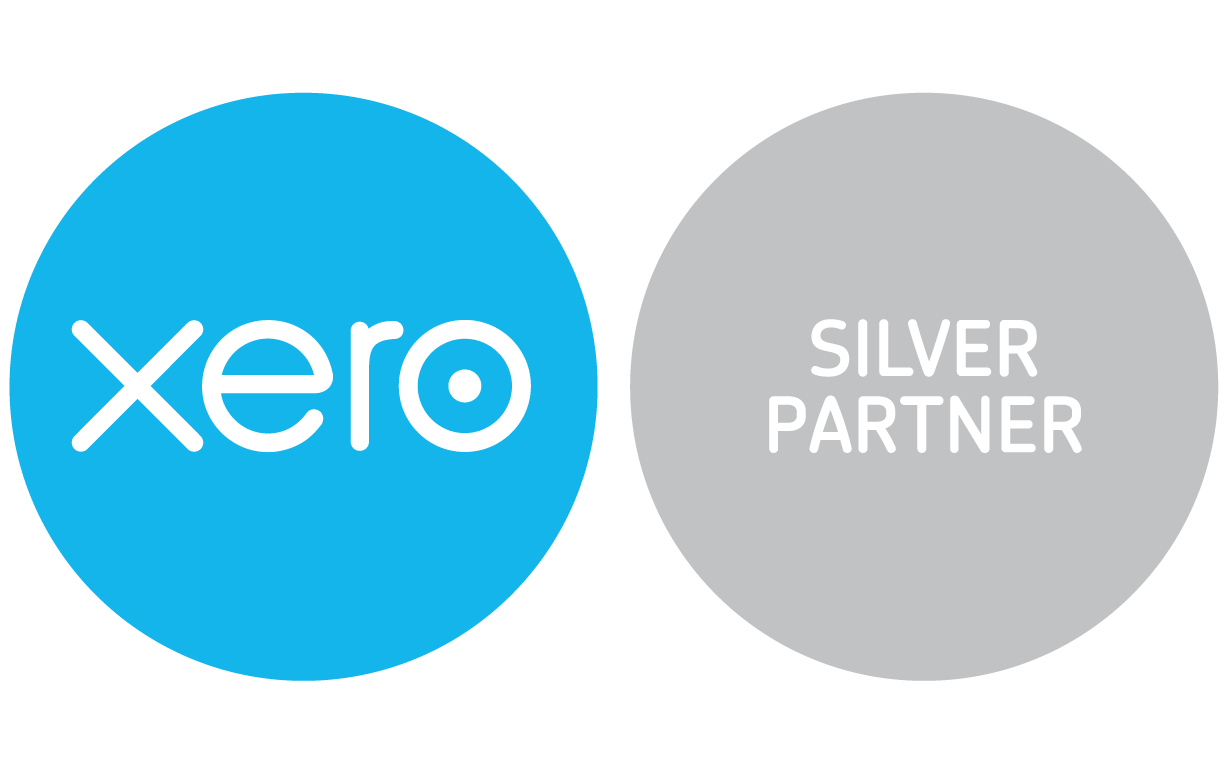National Insurance increasing from April 2022
September 30, 2021
In September this year, PM Boris Johnson has announced that National Insurance Contributions (NIC) and dividend tax rates will be increasing by 1.25% taking effect from April 2022. These increases are reportedly going towards increasing NHS and Social Care budgets.
This increase in Nation Insurance Contributions will be applicable to all National Insurance contributions. This means that the increase in NIC will apply to Class 1, Class 1a, and Class 1b taxpayers (employees and employers) as well as Class 4 taxpayers (self-employed). The April 2022 increase will not be applicable to those who are above state pension age.
Employers of smaller companies who receive NIC employment allowances will not be affected by the increase in Class 1 employer contributions as long as their National Insurance bill can still be covered by the allowance provided. The National Insurance Contribution employment allowance currently allows for eligible smaller employers to reduce their NI liability by up to £4,000 p/a. In order to be applicable for this allowance, the employer must have NIC liabilities of under £100,000 for the previous tax year and this allowance cannot be held against Class 1a or 1b NIC liabilities.
From April 2023, these changes are intended to be integrated into a ringfenced Health and Social Care Levy of 1.25%. The introduction of this levy will signpost the reverting of the National Insurance rates back to their current state and instead this 1.25% will be collected through the Health and Social Care levy. This levy will be applicable to Class 1, 1a, 1b and Class 4 taxpayers covering employers, employees, and self-employed people. Unlike the NIC increase, this levy will also become applicable to people over state pension age as long as they continue to work.





